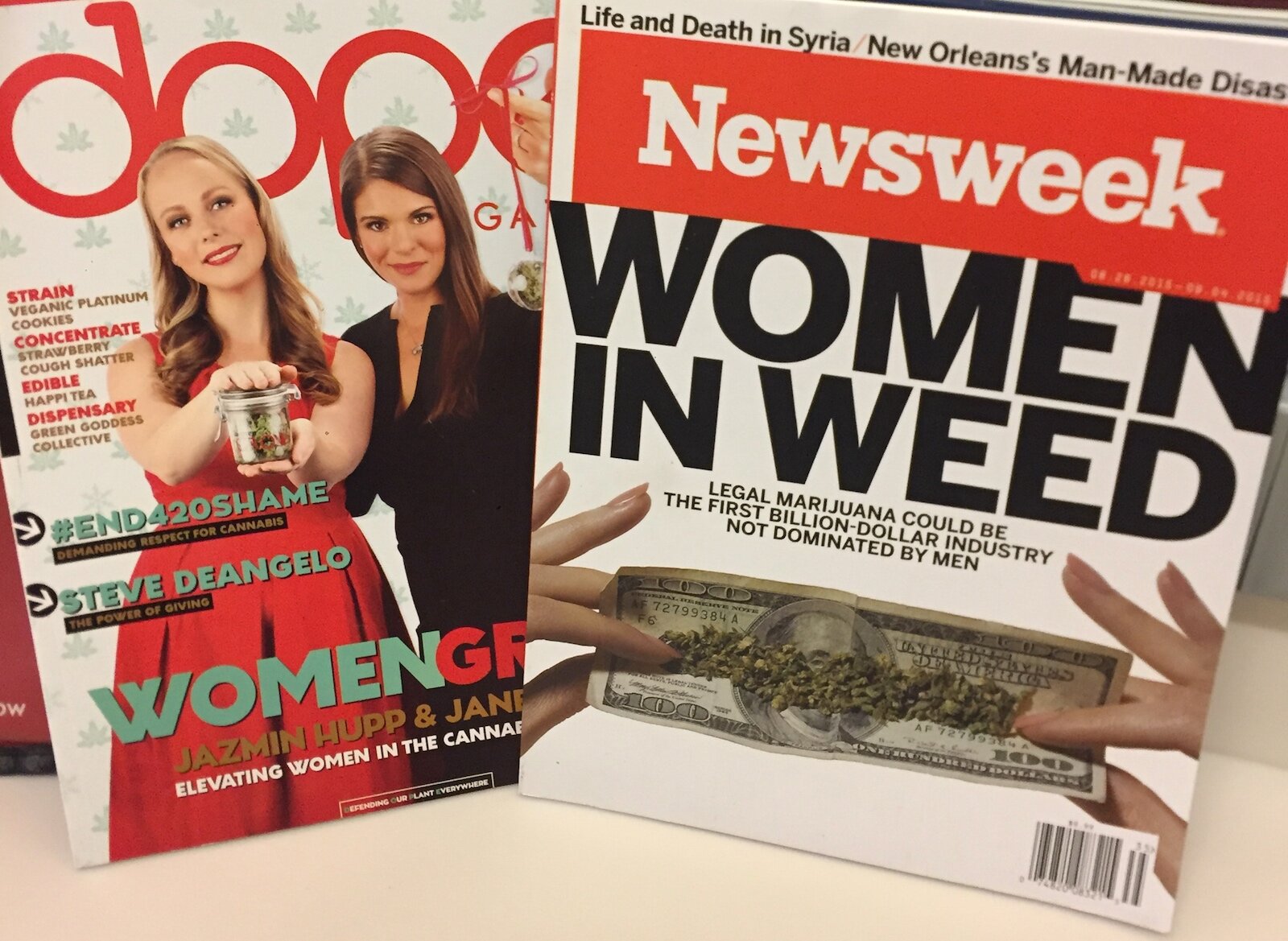
Get a Daily Dose of Anti-Racist Education

Where To Start Optimization Testing On Your Website
If you're just getting started with web optimization testing or have limited testing resources (hey that's like everybody), which pages you test is the most critical decision you have to make.

Get Free Press For Your Startup With Original Data

CannaInsider Interview with Jazmin Hupp
In this podcast from 2015, I share all the information on why women will be successful at running cannabis businesses and how to get started.

Why Focus on Women in Cannabis Now?
Learn why it's important to focus on diversity from the start of this industry for safety, profitability, and product diversity.

Reading Up on the Cannabis Industry
People researching the legal marijuana industry often ask me how to get started in the Cannabis industry. These are the resources I read to stay up to speed on current Cannabis culture.

The Call for Self Regulation in the Cannabis Industry
We have an opportunity to regulate the cannabis industry from WITHIN or will be subject to others doing it TO the industry. Not only because it makes financial sense but it's also the right thing to do.

Nevada Medical Marijuana Regulation Priorities...Live from Las Vegas
The cannabis industry testified today at the advisory commission for regulation of medical marijuana. Here's what we learned about the upcoming Nevada market.

Explaining Why Marijuana Should Be Legal to Your Mom
The success of our industry hinges on convincing people who don't consume cannabis that it is a safe addition to healthy & conscious living.

7 Reasons You Should Focus on Women in Your Advertising & Your Business
Gallop's keynote is required watching for men & women – she teaches us how businesses are missing out on innovative ideas & profits by staying male-centric.

How To Create A Responsible & Effective Cannabis Brand
We have a huge responsibility to shape how the public perceives Cannabis going forward. See how smart branding pays off in the long run.

Prioritizing Product Features for Cannabis Companies
Whether you're starting a MMJ dispensary or edibles brand: cannabis product feature strategy will be vital to your success.

Your Company's Facebook Posts Will Soon Be A Waste Of Time
The day when your Facebook organic posts will reach virtually no one is coming fast.

Personalizing B2B Sales Relationships at Scale
Marketers think in terms of campaigns and touch points, whereas traditional sales people think about one-to-one sales calls. Tawheed Kadar has solved for these conflicts by making each sales person a mini marketing organization with his 5x5 Method.

B2B Technology Sales Without a Sales Force
John Marcus runs a software company with a sales force of just himself–but he doesn’t touch 90% of the deals.

How to Clean a Customer Mailing List in Microsoft Office 2011 for Mac (De-dupe and Address Validation)

14 Keys to Great Retail Merchandising

New Trend: Video Holiday Cards - Bergdorf Goodman Goes to the Dogs

